Powering the Future: The Booming Market for Lithium
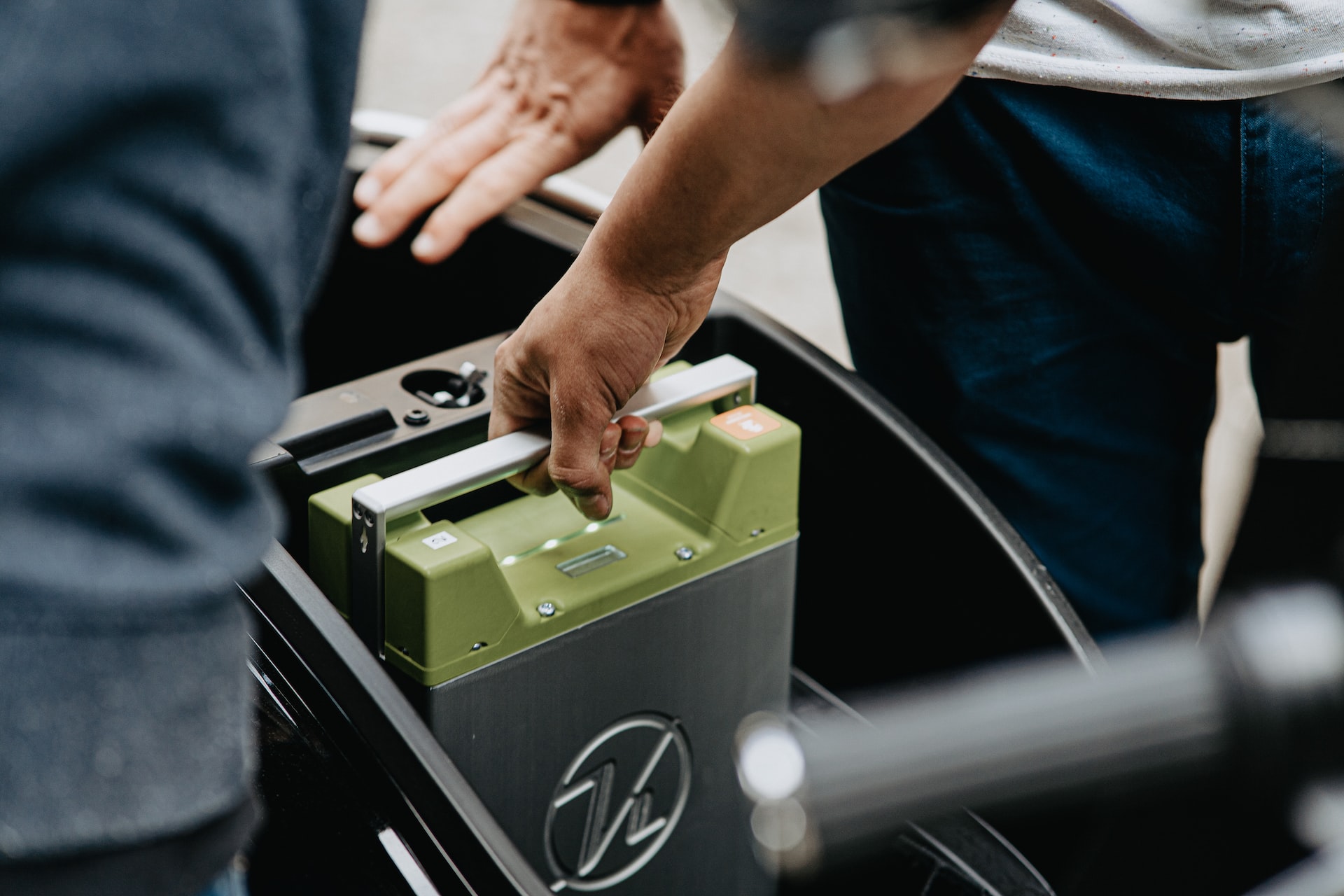
Lithium is a chemical element with the symbol Li and atomic number 3. It is a soft, silvery-white alkali metal that belongs to the group of elements known as alkali metals. Lithium is highly reactive and flammable, and is commonly used in batteries, ceramics, glass and other industrial applications.
Demand for lithium has soared in recent years due to rechargeable batteries used in electric vehicles and other electronics. As such, the lithium market has become an important focus for investors, manufacturers, and policymakers alike.
In this blog post, we examine the lithium market and explore its growth potential over the next few years. Help all walks of life to make better decisions based on their own actual conditions.
Overview of the Lithium Market
(1) History of Lithium
The history of lithium dates back to the early 19th century, when Swedish chemist Johan August Arfwedson discovered a new element while analyzing petalite ore. Arfwedson named the element lithium after the Greek word "lithos," meaning stone.
However, it wasn't until the 1920s and 1930s that lithium began to be used in commercial applications, including as a lubricant and in the production of ceramics and glass.
The development of rechargeable lithium-ion batteries in the 1980s and 1990s marked a major turning point for the lithium market, as these batteries quickly became the dominant technology for powering portable electronics.
(2) Development Status of Lithium Market
Today, the lithium market is experiencing explosive growth, driven largely by the rapid expansion of the electric vehicle (EV) market.
Lithium-ion batteries are the primary source of energy storage for EVs, and as more and more countries commit to phasing out internal combustion engine vehicles in favor of EVs, the demand for lithium is expected to skyrocket.
In addition to the EV market, lithium is also used in a variety of other applications, including ceramics, glass, and pharmaceuticals. However, the majority of global lithium demand currently comes from the battery sector.
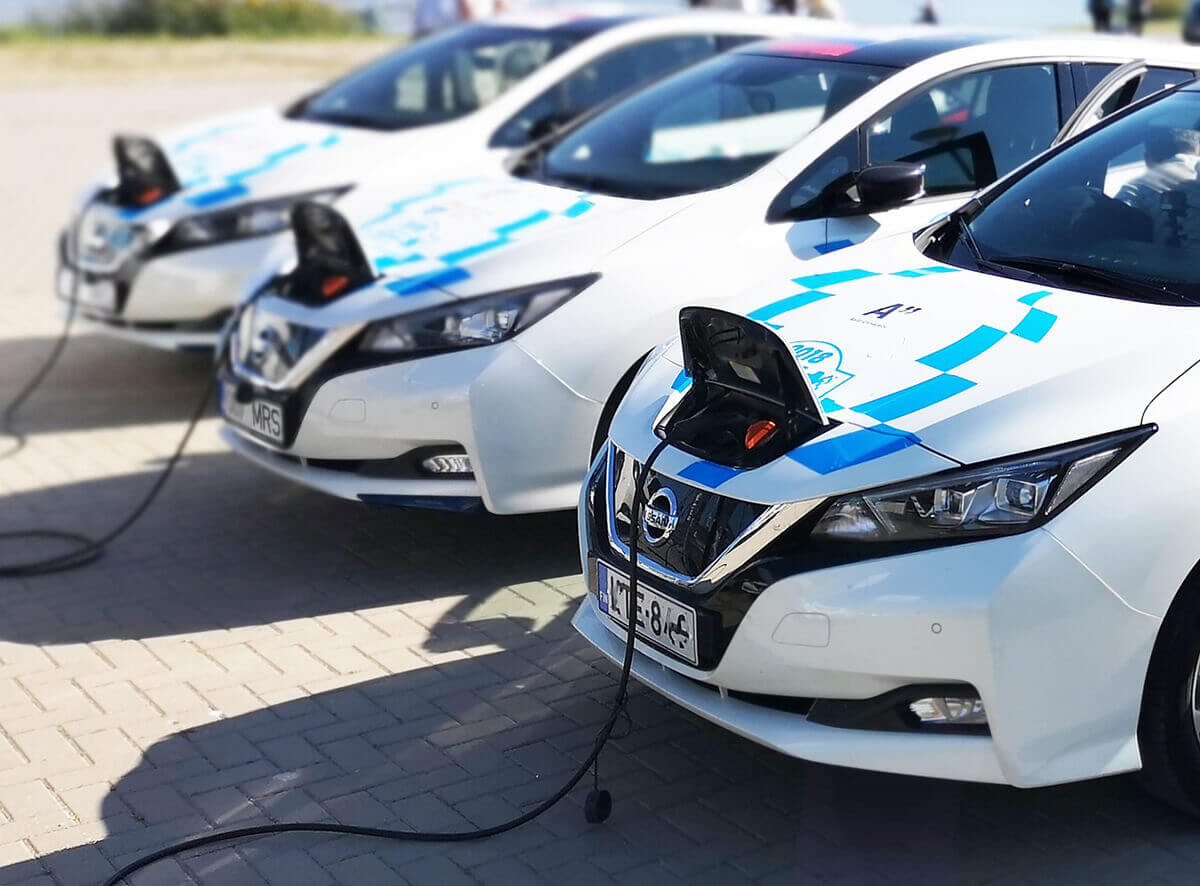
(3) Future Trends in the Lithium Market
Looking ahead, the future of the lithium market looks bright. The global market for EVs is projected to continue growing rapidly, with some estimates suggesting that EVs could account for 30% or more of new vehicle sales by 2030. This growth is expected to drive significant increases in lithium demand, as well as demand for other battery metals such as cobalt and nickel.
At the same time, technological advancements in battery chemistry and manufacturing are expected to reduce the cost of lithium-ion batteries and increase their energy density, making them more competitive with traditional gasoline-powered vehicles.
Finally, new sources of lithium, including brine deposits in South America and hard rock deposits in Australia, are being developed to meet the growing demand for the metal.
Overall, the lithium market is poised for significant growth in the coming years, making it an attractive investment opportunity for those looking to capitalize on the transition to a low-carbon economy.
What Has Contributed to the Growth of the Lithium Market?
As the global transition to clean energy gains momentum, the demand for lithium continues to grow at an unprecedented rate. The market for lithium has undergone significant changes in recent years, with the rapid expansion of electric vehicles (EVs), energy storage systems, and other applications driving a surge in demand for the lithium.
(1) Electric Vehicles
Electric vehicles are the primary driver of lithium demand growth. According to BloombergNEF, sales of electric cars are expected to increase from 1.7 million in 2020 to 8.5 million in 2025, and then to 56 million by 2040. As more automakers commit to electrification, the demand for lithium-ion batteries is expected to increase exponentially.
Lithium-ion batteries currently account for around 70% of the total cost of an EV, and this is expected to remain the case for the foreseeable future. BloombergNEF estimates that global lithium demand for EVs will increase from 70,000 tonnes in 2019 to over 1 million tonnes by 2030.
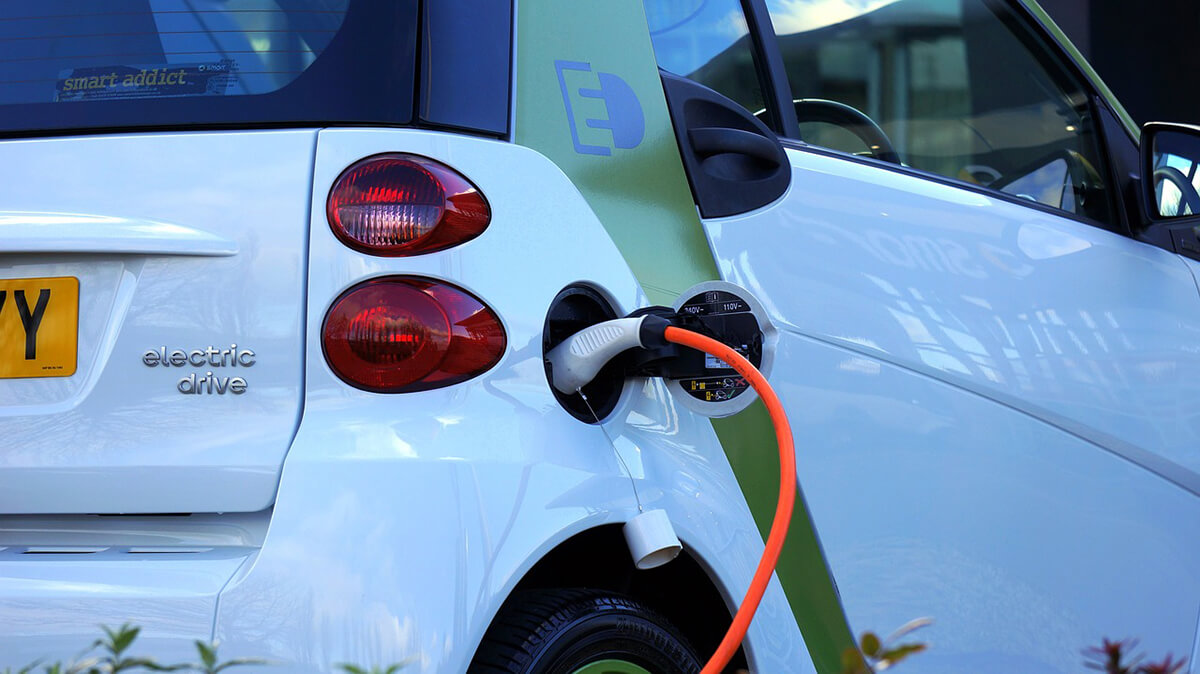
(2) Energy Storage Battery
In addition to EVs, energy storage systems are also driving significant growth in lithium demand. As the share of renewable energy in the electricity mix increases, energy storage systems are becoming increasingly important for balancing supply and demand.
Lithium-ion batteries are the most commonly used energy storage technology, accounting for around 90% of new energy storage deployments globally. According to Wood Mackenzie, the global energy storage market is expected to grow from 11 GWh in 2020 to over 158 GWh by 2025, with lithium-ion batteries accounting for over 90% of the market.
This growth is expected to make the energy storage battery industry the second "electric vehicle" industry miracle.

(3) Other Applications
While EVs and energy storage systems are the primary drivers of lithium demand growth, the metal is also used in a variety of other applications, including ceramics, glass, and pharmaceuticals. According to Roskill, the non-battery applications of lithium accounted for around 20% of global lithium demand in 2020. However, the majority of future growth is expected to come from the battery sector.
Overall, the outlook for the lithium market is positive, with strong growth expected in the coming years. While the rapid expansion of EVs and energy storage systems will continue to be the primary drivers of lithium demand, other applications will also play a role in shaping the future of the market.
As such, investors and industry players alike should remain attentive to these trends and developments in the years ahead.
The Main Supply Chain of Lithium-ion Battery
The global supply chain for lithium is complex and involves many different players, including miners, processors and manufacturers of lithium-ion batteries.
Understanding the various stages of the supply chain is crucial for investors and industry players looking to capitalize on the growth of the lithium market. Below we take the main lithium-ion battery production supply chain as an example:
Step 1: Mining Production
Lithium is primarily mined from two types of deposits: hard rock deposits and brine deposits. Hard rock deposits are mined using traditional mining methods, while brine deposits are extracted by pumping brine from underground aquifers into large evaporation ponds.
The main producers of lithium are located in Australia, Chile, and Argentina.

Step 2: Concentrate Production
After mining, the lithium ore is processed to produce a concentrate. The concentrate is then transported to chemical plants for further processing.
The processing involves several stages, including crushing, grinding, and flotation to extract the lithium from the ore. The resulting concentrate contains between 6% and 7% lithium.
Step 3: Chemical Processing
The next stage in the supply chain is chemical processing, which converts the lithium concentrate into high-purity lithium chemicals, such as lithium carbonate and lithium hydroxide.
The concentrate is first roasted to remove impurities, and then reacted with chemicals to produce the desired lithium compound. The chemicals are then purified and dried for transport to lithium battery manufacturers.
Step 4: Cathode Production
The high-purity lithium chemicals are then used to produce cathode materials, which are a key component of lithium-ion batteries.
The cathode materials are typically made from a combination of lithium, nickel, cobalt, and manganese, along with other elements. The cathode materials are mixed with a binder and coated onto a metal foil, and then dried and rolled to create a battery electrode.
Step 5: Lithium-ion Battery Production
The final stage in the supply chain is lithium-ion battery production, which involves assembling the lithium battery cells and modules. The battery cells are connected together in series and parallel to create a lithium ion battery pack, which is then integrated into the final product, such as an electric vehicle or energy storage system.
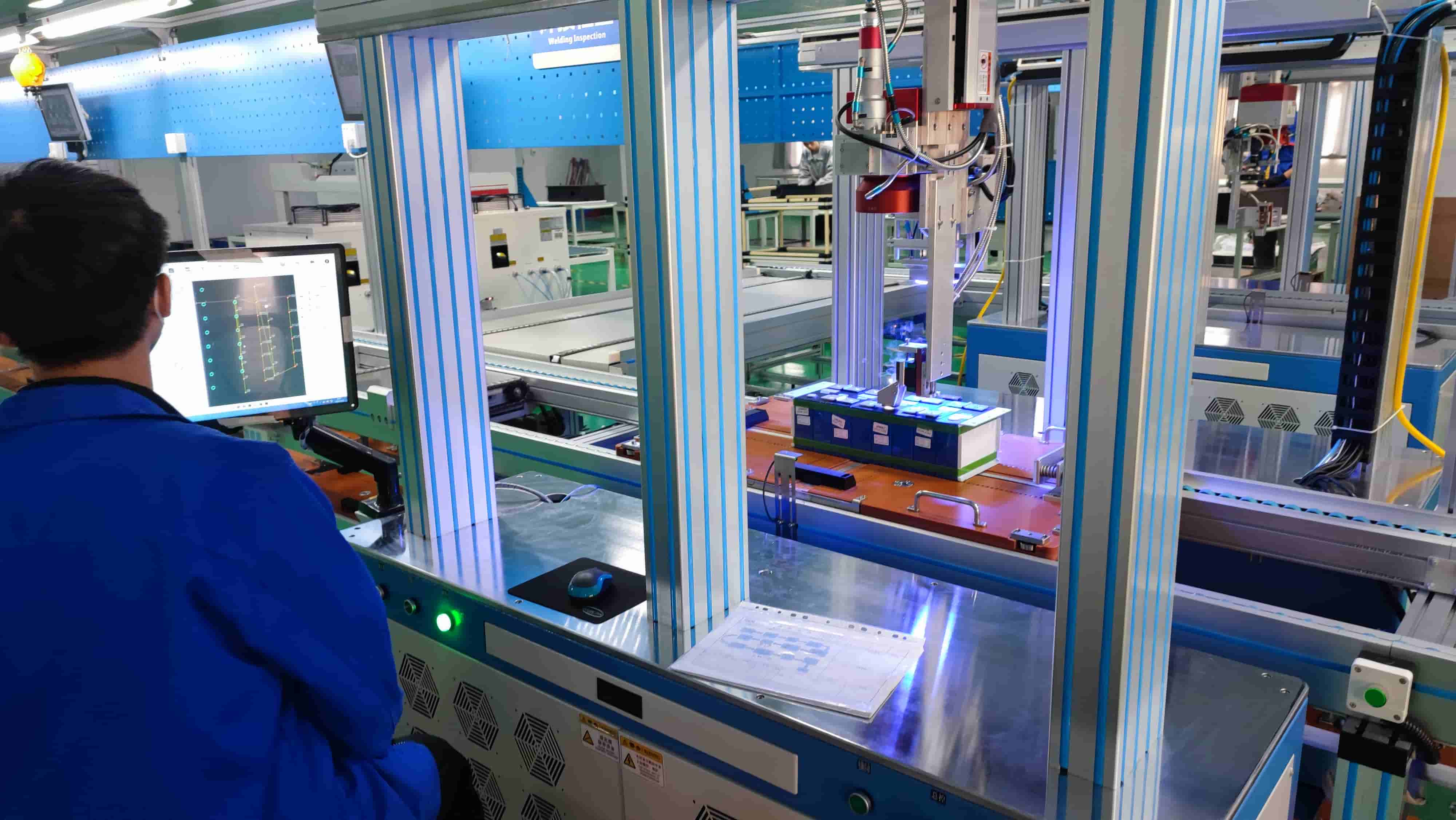
Harveypower china lithium battery manufacturer
Lithium Future Market Forecast
The lithium market is poised for strong growth in the coming years, driven by the increasing demand for lithium-ion batteries in a variety of applications, including electric vehicles, energy storage systems, and portable electronics. However, the market is not without its challenges and opportunities, and investors and industry players alike should be attuned to the trends and developments that will shape the market in the years ahead.
(1) Supply and Demand Forecasts
According to industry experts, global demand for lithium is expected to grow at a compound annual rate of over 20% in the coming years, driven primarily by the adoption of electric vehicles and the expansion of energy storage systems.
However, supply is expected to struggle to keep pace with this demand, as the major lithium-producing countries, including Australia, Chile, and Argentina, are facing constraints in expanding production.
This is likely to lead to tight supply conditions and upward pressure on prices in the short to medium term.
(2) Price Trends
Lithium prices have been volatile in recent years, driven by changes in supply and demand dynamics, as well as by the political and economic conditions in the major producing countries. However, overall, prices are expected to remain relatively high in the coming years, as demand continues to outstrip supply.
According to industry experts, prices for lithium carbonate and lithium hydroxide, two key lithium chemicals used in battery manufacturing, are expected to remain in the range of $10,000 to $15,000 per tonne in the near term.
(3) Challenges and Opportunities
Despite the strong growth potential of the lithium market, there are several challenges that could impact the industry's long-term prospects.
One of the key challenges is the reliance on a few key producing countries, which could lead to supply disruptions and price volatility. Additionally, the production of lithium-ion batteries is resource-intensive and can have environmental impacts, which may lead to regulatory and public scrutiny.
However, there are also significant opportunities in the lithium market, particularly for companies that can innovate and adapt to changing market conditions.
For example, there is potential for new technologies to improve the efficiency and sustainability of lithium production, or for companies to develop new products and applications that can drive demand for lithium. There is also potential for investment in new sources of lithium supply, including the exploration and development of lithium deposits in other countries.
Investment Risk and Return Analysis
As with any investment, there are potential risks associated with investing in the lithium market. One of the main risks is the volatility of lithium prices, which can be affected by a range of factors including supply and demand dynamics, changes in government policies and regulations, and global economic conditions.
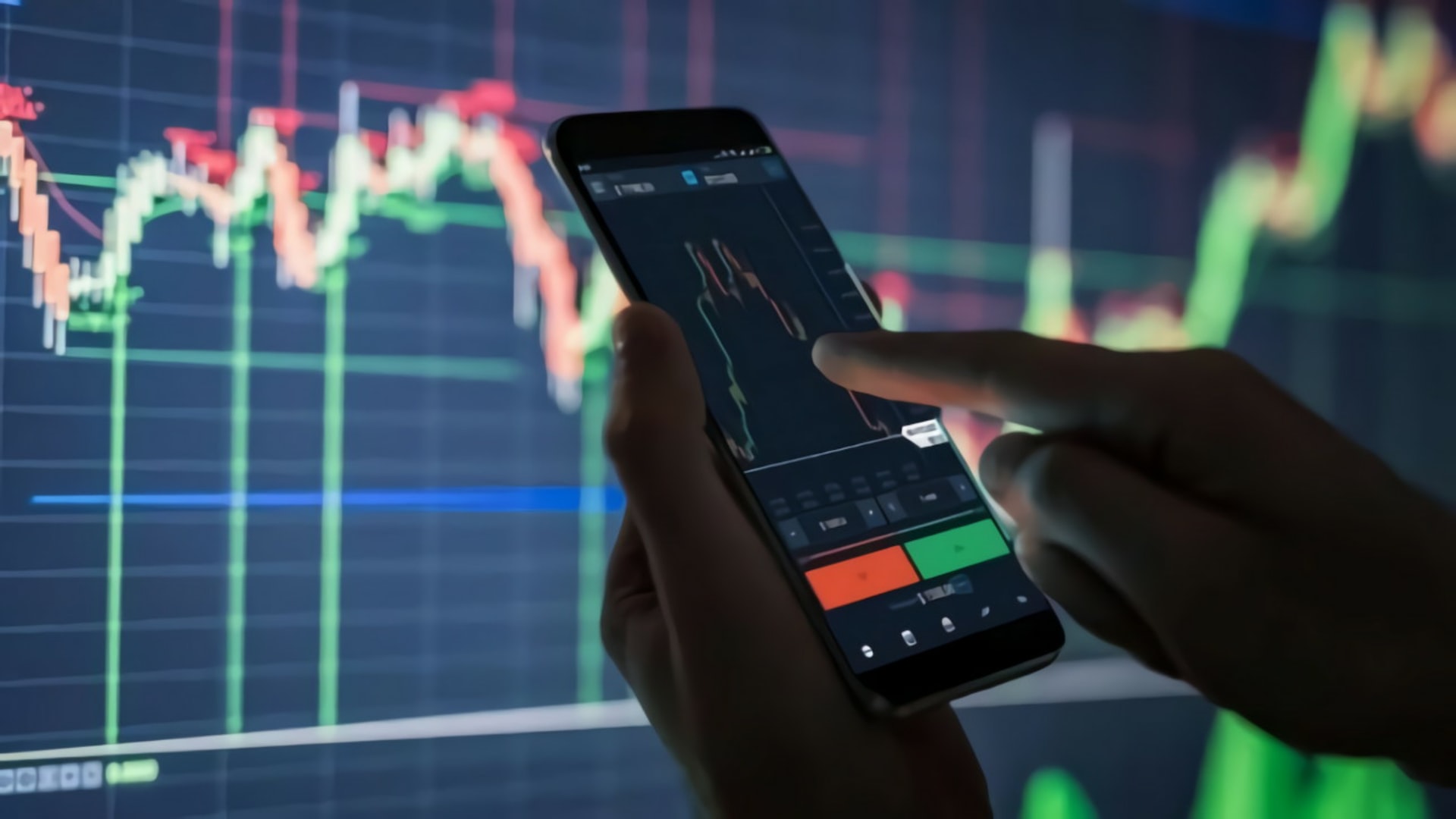
(1) Risk
For example, if there is a sudden increase in lithium supply, this could lead to a decrease in prices, which could negatively impact the profitability of lithium producers.
Another risk is the potential for geopolitical instability in key lithium-producing countries, such as Chile, Argentina, and Australia. Political unrest, changes in government policies, and other factors could lead to disruptions in supply chains, which could negatively impact the profitability of companies operating in the lithium market.
In addition, there are also environmental and social risks associated with investing in the lithium market. Lithium mining and production can have negative impacts on the environment, including water pollution and land degradation. In addition, there are also concerns about the social impacts of lithium mining, such as the displacement of local communities and impacts on indigenous peoples.
(2) Return
Investing in lithium producers and explorers
These companies are involved in the extraction and production of lithium and could benefit from the strong demand for the metal. These companies are well-positioned to generate strong returns for investors as lithium prices rise.
Investments involve manufacturers that produce lithium-ion batteries or are developing new battery technologies.
These companies can benefit from the growing demand for lithium-ion batteries in various applications, as well as the potential for innovation and disruption in the battery industry.
Develop new lithium projects and mines.
As demand for lithium grows, new sources of supply will be needed to meet this demand. Investing in the development of new lithium projects offers investors substantial potential returns and helps ensure long-term lithium supply.
The potential returns for investors in the lithium market can be significant, driven by strong demand and limited supply. Lithium prices have already experienced significant growth over the past decade, and are expected to continue to increase over the coming years. This can provide significant potential returns for investors who are able to identify and capitalize on this trend.
In addition, the potential for innovation and disruption in the lithium-ion battery industry can also provide significant potential returns for investors. New battery technologies that reduce the reliance on lithium, or that improve the efficiency and performance of lithium-ion batteries, could have a significant impact on the industry and provide opportunities for significant returns.

(3) Suggestions
Despite these risks, the lithium market holds great ROI opportunities! Growing demand for lithium-ion batteries in a range of applications, including electric vehicles and energy storage, is expected to drive strong demand for lithium in the long term. In addition, companies have the opportunity to innovate and improve production processes, thereby reducing costs and increasing profitability.
One suggestion for investors is to diversify their investments across a range of companies and projects, to reduce their exposure to individual risks. For example, investing in a portfolio of lithium producers and exploration companies across different geographic regions can help to mitigate the risks of supply disruptions or political instability in a single country.
Another suggestion is to conduct thorough due diligence on potential investments, to ensure that they are operating in a sustainable and responsible manner. This could involve reviewing environmental and social impact assessments, engaging with local communities, and considering the long-term sustainability of the project.
Conclusion
In conclusion, the market for lithium is a rapidly growing and dynamic sector that presents significant opportunities and challenges for investors, producers, and policymakers.
With the growing demand for lithium in rechargeable batteries for electric vehicles and other electronics, the lithium market is likely to continue to expand in the coming years.
However, as with any market, there are risks and uncertainties, including geopolitical risks, environmental concerns, and price volatility.
By staying informed and up-to-date on the latest developments in the lithium market, investors can make informed decisions and potentially capitalize on the growth potential of this important sector.
Learn More Top Questions About Lithium Batteries!
The First Choice of Lithium Battery Industry
HARVEYPOW is a top lithium battery manufacturer in china, our products include server rack batteries, wall mounted batteries, stackable batteries, and floor-standing batteries, all designed to meet the specific needs of our customers.
Our lithium batteries are known for their exceptional performance and longer life cycle, with over 8000 cycle life and 90% depth of discharge (DOD). This means that our batteries can withstand frequent and prolonged use, providing reliable power for a range of applications.
Whether you need batteries for data centers, emergency backup systems or any other application, we have the expertise and experience to provide the right solution for your needs.
Our expert team works closely with customers to understand their requirements and design custom solutions to meet their specific needs, providing ODM and OEM services.
Harveypower committed to quality and excellence in everything we do. We use only the highest quality materials (CATL battery cells) and employ rigorous testing and quality control processes to ensure that our batteries meet the highest standards of performance and reliability.
Harveypower provides a 12-YEAR WARRANTY, as well as professional lithium battery maintenance and usage skills. Investing in our company's lithium batteries is a smart choice for anyone looking for a reliable, high-performance battery that can withstand frequent and prolonged use.
Contact us today to learn more about our products and how we can help meet your needs.
